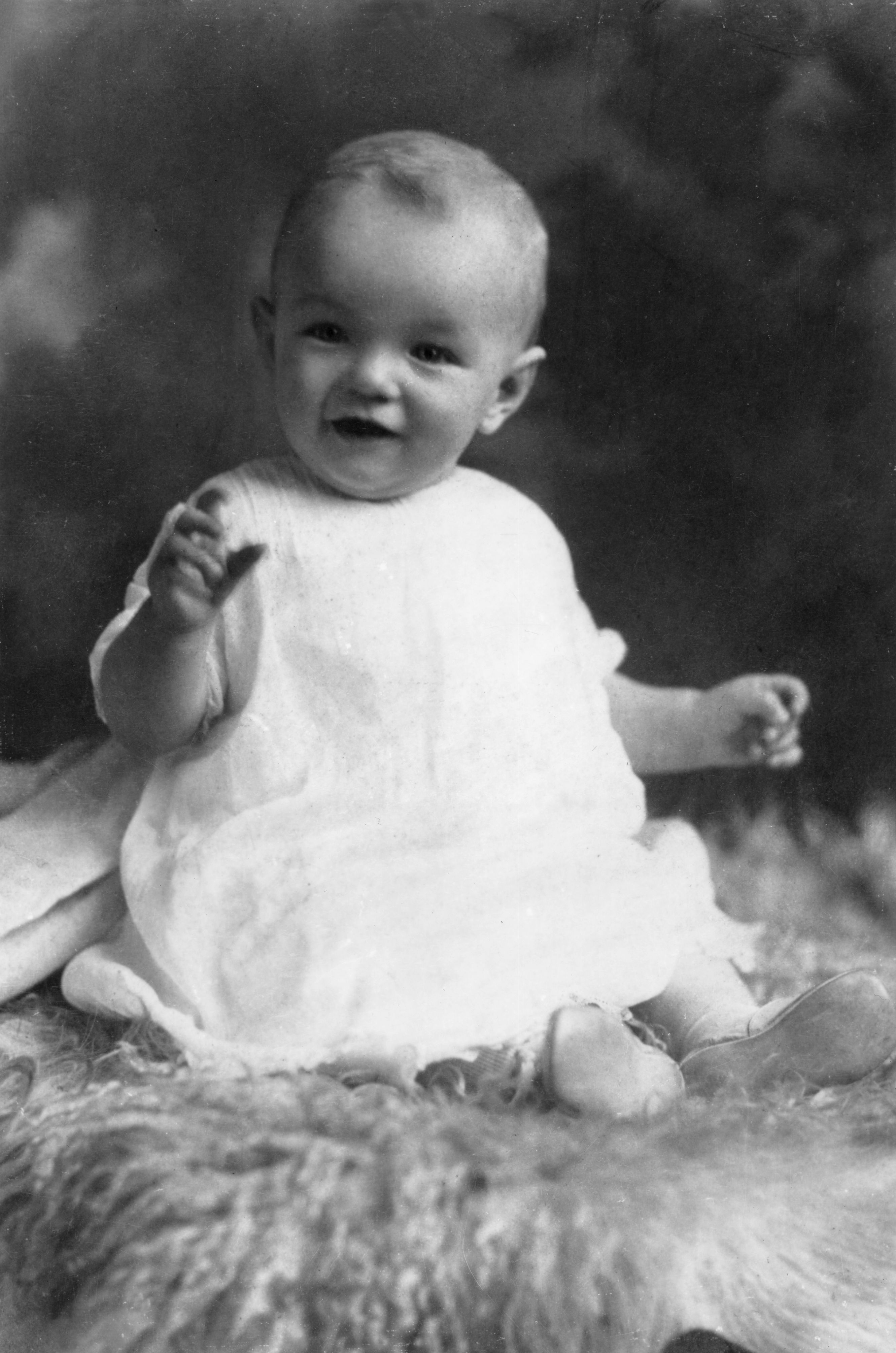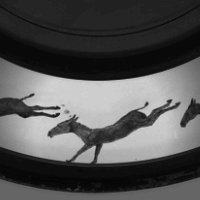|
Museum Of The Moving Image (London)
The Museum of the Moving Image (MOMI) was a museum of the history of cinema technology and media sited below Waterloo Bridge in London. It was opened on 15 September 1988 by Prince Charles and at the time, was the world's largest museum devoted entirely to cinema and television. The museum formed part of the cultural complex on the South Bank of the River Thames. MOMI was mainly funded by private subscription and operated by the British Film Institute. MOMI was closed in 1999, initially on a supposedly temporary basis, and with the intention of its being relocated to Jubilee Gardens, Lambeth, Jubilee Gardens nearby. Its permanent closure was announced in 2002. Development MOMI was the brainchild of National Film Theatre Controller Leslie Hardcastle. Hardcastle's vision was realised by significant fundraising by then Director of the BFI, Anthony Smith and a development team including David Francis (film archivist), David Francis, David Robinson (film critic and author), David Rob ... [...More Info...] [...Related Items...] OR: [Wikipedia] [Google] [Baidu] |
Momi 1980s
Momi may refer to: People * Hilaire Momi (born 1990), Central African footballer * Momi Zafran (born 1956), Israeli football coach * Raaginder (born 1992), Thai Indian musician Places * Museum of the Moving Image, a museum in New York * Museum of the Moving Image (London), a museum in London * Pali Momi Medical Center, a nonprofit hospital located in West O‘ahu, Hawai‘i * Momi cafe, a coffee house in Pingjiang Road, Suzhou, China Other uses * Abies firma, the ''momi fir'', a species of fir native to central and southern Japan * Japanese ship Momi, ''Momi'' (ship), several Japanese ships {{disambiguation ... [...More Info...] [...Related Items...] OR: [Wikipedia] [Google] [Baidu] |
Marilyn Monroe
Marilyn Monroe ( ; born Norma Jeane Mortenson; June 1, 1926 August 4, 1962) was an American actress and model. Known for playing comic "Blonde stereotype#Blonde bombshell, blonde bombshell" characters, she became one of the most popular sex symbols of the 1950s and early 1960s, as well as an emblem of the era's sexual revolution. She was a top-billed actress for a decade, and her films grossed $200 million (equivalent to $ billion in ) by Death of Marilyn Monroe, her death in 1962. Born in Los Angeles, Monroe spent most of her childhood in foster homes and an orphanage before marrying James Dougherty (police officer), James Dougherty at the age of 16. She was working in a factory during World War II when she met a photographer from the First Motion Picture Unit and began a successful pin-up modeling career, which led to short-lived film contracts with 20th Century Fox and Columbia Pictures. After roles as a freelancer, she began a longer contract with Fox in 1951, becomi ... [...More Info...] [...Related Items...] OR: [Wikipedia] [Google] [Baidu] |
Silent Film
A silent film is a film without synchronized recorded sound (or more generally, no audible dialogue). Though silent films convey narrative and emotion visually, various plot elements (such as a setting or era) or key lines of dialogue may, when necessary, be conveyed by the use of inter- title cards. The term "silent film" is something of a misnomer, as these films were almost always accompanied by live sounds. During the silent era, which existed from the mid-1890s to the late 1920s, a pianist, theater organist—or even, in larger cities, an orchestra—would play music to accompany the films. Pianists and organists would play either from sheet music, or improvisation. Sometimes a person would even narrate the inter-title cards for the audience. Though at the time the technology to synchronize sound with the film did not exist, music was seen as an essential part of the viewing experience. "Silent film" is typically used as a historical term to describe an era of cinema p ... [...More Info...] [...Related Items...] OR: [Wikipedia] [Google] [Baidu] |
World War I
World War I or the First World War (28 July 1914 – 11 November 1918), also known as the Great War, was a World war, global conflict between two coalitions: the Allies of World War I, Allies (or Entente) and the Central Powers. Fighting took place mainly in European theatre of World War I, Europe and the Middle Eastern theatre of World War I, Middle East, as well as in parts of African theatre of World War I, Africa and the Asian and Pacific theatre of World War I, Asia-Pacific, and in Europe was characterised by trench warfare; the widespread use of Artillery of World War I, artillery, machine guns, and Chemical weapons in World War I, chemical weapons (gas); and the introductions of Tanks in World War I, tanks and Aviation in World War I, aircraft. World War I was one of the List of wars by death toll, deadliest conflicts in history, resulting in an estimated World War I casualties, 10 million military dead and more than 20 million wounded, plus some 10 million civilian de ... [...More Info...] [...Related Items...] OR: [Wikipedia] [Google] [Baidu] |
Birt Acres
Birt Acres (23 July 1854 – 27 December 1918) was an American and British photographer and film pioneer. Among his contributions to the early film industry are the first working 35 mm camera in Britain (Wales), and ''Birtac'', the first daylight loading home movie camera and projector. He also directed a number of early silent films. Early life Born in Richmond, Virginia, on 23 July 1854, to English parents. He became an orphan at the age of 14, during the American Civil War and was raised by an aunt. Career Acres invented the first British 35 mm moving picture camera, ''Birtac'' which was the first daylight loading home movie camera and projector; he was also the first travelling newsreel reporter in international film history and the first European film maker who had his films shown in the United States in public performances. He contributed much to the introduction and development of cinematography in all its aspects, from the construction of cameras, projectors, ... [...More Info...] [...Related Items...] OR: [Wikipedia] [Google] [Baidu] |
Persistence Of Vision
Persistence of vision is the optical illusion that occurs when the visual perception of an object does not cease for some time after the Light ray, rays of light proceeding from it have ceased to enter the eye. The illusion has also been described as "retinal persistence", "persistence of impressions", simply "persistence" and other variations. A very commonly given example of the phenomenon is the apparent fiery trail of a glowing coal or burning stick while it is whirled around in the dark. In recent theories about iconic memory, visual sensory memory, higher-level (cortical) informational persistence is considered a more relevant component of normal vision than the lower-level aspect of visible persistence. Many explanations of the illusion actually seem to describe Afterimage#Positive afterimages, positive afterimages and the neurological effect can be compared to the technological effect of motion blur in photography (or in film and video). "Persistence of vision" can a ... [...More Info...] [...Related Items...] OR: [Wikipedia] [Google] [Baidu] |
Movie Projector
A movie projector (or film projector) is an optics, opto-mechanics, mechanical device for displaying Film, motion picture film by projecting it onto a movie screen, screen. Most of the optical and mechanical elements, except for the illumination and sound devices, are present in movie cameras. Modern movie projectors are specially built video projectors (see also digital cinema). Many projectors are specific to a particular film gauge and not all movie projectors are film projectors since the use of film is required. Predecessors The main precursor to the movie projector was the magic lantern. In its most common setup it had a concave mirror behind a light source to help direct as much light as possible through a painted glass picture slide and a lens, out of the lantern onto a screen. Simple mechanics to have the painted images moving were probably implemented since Christiaan Huygens introduced the apparatus around 1659. Initially, candles and oil lamps were used, but oth ... [...More Info...] [...Related Items...] OR: [Wikipedia] [Google] [Baidu] |
Magic Lantern
The magic lantern, also known by its Latin name , is an early type of image projector that uses pictures—paintings, prints, or photographs—on transparent plates (usually made of glass), one or more lens (optics), lenses, and a light source. Because a single lens inverts an image projected through it (as in the phenomenon which inverts the image of a camera obscura), slides are inserted upside down in the magic lantern, rendering the projected image correctly oriented. It was mostly developed in the 17th century and commonly used for entertainment purposes. It was increasingly used for education during the 19th century. Since the late 19th century, smaller versions were also mass-produced as toys. The magic lantern was in wide use from the 18th century until the mid-20th century when it was superseded by a compact version that could hold many 35 mm photographic slides: the slide projector. Technology Apparatus The magic lantern used a concave mirror behind a light so ... [...More Info...] [...Related Items...] OR: [Wikipedia] [Google] [Baidu] |
Photography
Photography is the visual arts, art, application, and practice of creating images by recording light, either electronically by means of an image sensor, or chemically by means of a light-sensitive material such as photographic film. It is employed in many fields of science, manufacturing (e.g., photolithography), and business, as well as its more direct uses for art, film and video production, recreational purposes, hobby, and mass communication. A person who operates a camera to capture or take Photograph, photographs is called a photographer, while the captured image, also known as a photograph, is the result produced by the camera. Typically, a lens is used to focus (optics), focus the light reflected or emitted from objects into a real image on the light-sensitive surface inside a camera during a timed Exposure (photography), exposure. With an electronic image sensor, this produces an Charge-coupled device, electrical charge at each pixel, which is Image processing, electro ... [...More Info...] [...Related Items...] OR: [Wikipedia] [Google] [Baidu] |
Phantasmagoria
Phantasmagoria (), alternatively fantasmagorie and/or fantasmagoria, was a form of horror theatre that (among other techniques) used one or more magic lanterns to project frightening images – such as skeletons, demons, and ghosts – typically using rear projection onto a semi-transparent screen to keep the lantern out of sight. Mobile or portable projectors were used, allowing the projected image to move and change size on the screen, while multiple projecting devices allowed for quick switching of different images. In many shows, the use of spooky decoration, total darkness, (auto-)suggestive verbal presentation, and sound effects were also key elements. Some shows added a variety of sensory stimulation, including smells, smoke and electric shocks. Elements like required fasting, fatigue (late shows), and drugs have been mentioned as methods of making sure spectators would be more convinced by what they saw. The shows started under the guise of actual séances in Germany in t ... [...More Info...] [...Related Items...] OR: [Wikipedia] [Google] [Baidu] |







